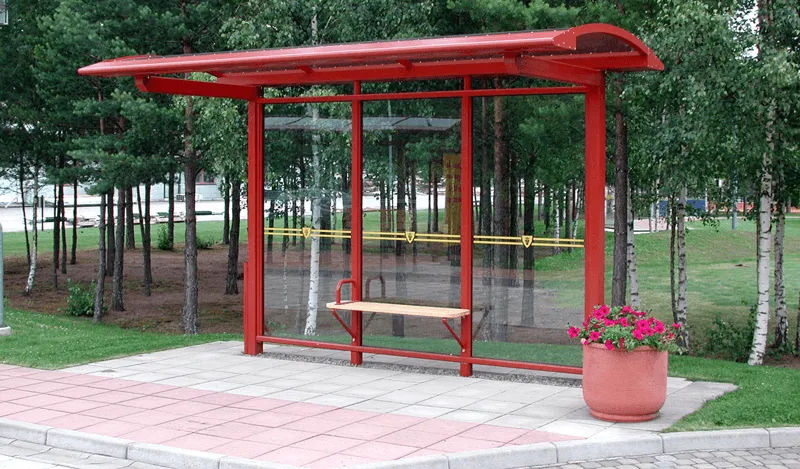Acrylic and polycarbonate are top choices when you’re looking for a plastic sheet. But while both are strong and lightweight, there are some key differences to remember when choosing the right product for your project. Answering the question ‘acrylic vs polycarbonate: which plastic sheet to choose?’ should help you get it right every time.
Acrylic: versatile glass substitute
Acrylic sheet, popularly known as Plexiglass or Perspex, is a versatile glass substitute sold in sheets of varying thickness, opacity and colour. You can mould sheets of this affordable and durable material for specific applications. And with impact resistance ten times that of glass plus excellent clarity, a clear acrylic sheet is an excellent substitute for glass windows and partitions.
Other benefits of acrylic include:
- Innate UV and weather resistance
- Lightweight with excellent dimensional stability
- More affordable than polycarbonate
- Easier to machine than polycarbonate
- Can be polished, unlike polycarbonate
- Glue joints are cleaner than polycarbonate
Acrylic is ideal for a range of business applications, including retail signs and displays, skylights and windows, and exhibition stands. The ability to polish and glue acrylic also makes it a great choice for point of sale displays and craft projects.
Polycarbonate: strength and durability
Acrylic may be more resistant than glass, but polycarbonate is 30 times more resistant than acrylic. Available in bulletproof grades, polycarbonate has obvious applications for security which makes it popular for use in banks and retail. Police riot shields are also made from polycarbonate.
Polycarbonate’s ability to withstand heat also makes it an excellent choice for greenhouse glass and roofing panels. And its superior strength makes it the go-to material for outdoor signage, security barriers and machine guards. Available as coloured or clear sheet plastic, other benefits of this versatile product include:
- Flexible enough to be shaped at room temperature
- Good chemical resistance
- Non-flammable and can be exposed to high temperatures
- Ideal for insulation
- Can be drilled without cracking
- Lighter in weight than glass
Acrylic vs polycarbonate: which plastic sheet to choose?
To make it easier to choose the correct plastic sheet for your project, we’ve put together a more detailed comparison based on the properties of acrylic and polycarbonate.
Strength
Both polycarbonate and acrylic are much stronger than glass. Polycarbonate is the clear winner being around 250 times tougher. Another benefit of polycarbonate is that it’s more flexible and is often referred to as unbreakable.
Clarity
Acrylic lets through 92% of light, while polycarbonate has 88% light transmittance. Polycarbonate can’t be polished, but its super-strength makes it a good choice for bus shelters and other weather-resistant applications. Acrylic has a shinier finish and can be polished, making it perfect for uses like secondary glazing.
Finishing
Acrylic is easier to machine than polycarbonate and can be formed when heated. You can polish cut edges to a shine, and glue bonds are neater. However, polycarbonate can be cold formed and drilled without cracking, making it easier to work with for a wide range of applications.
Cleaning
Both acrylic and polycarbonate are easy to clean. Just wipe sheet plastic over with a microfibre cloth and warm soapy water. Polycarbonate can withstand harsher chemicals, but you should never clean any plastic sheet with solvents.
Durability
Both materials are highly weather resistant but can be prone to scratching. Acrylic is more likely to chip than polycarbonate but doesn’t scratch as easily.
Affordability
If budget is a factor, then acrylic is a lower-cost alternative to polycarbonate.
If you’re finding it difficult to choose between acrylic and polycarbonate for your next project, Plastic Plus Ltd can help. Contact our teams in Wolverhampton and Nottingham, and they’ll be happy to answer your queries.

